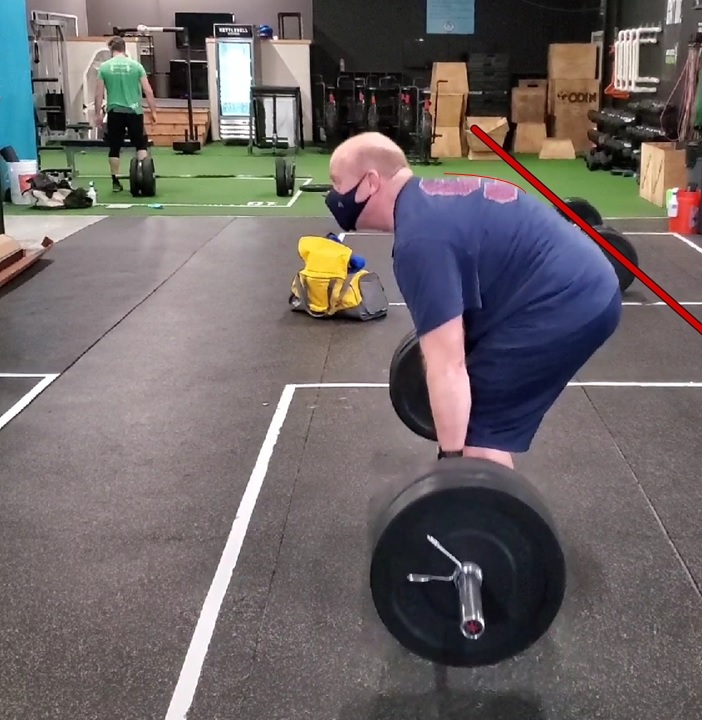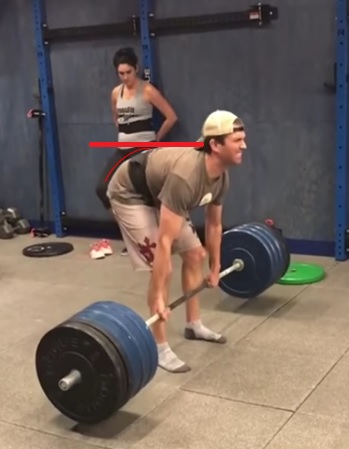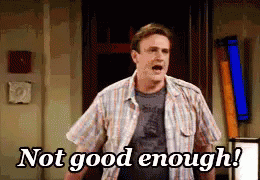Virtuosity and “Good Enough”
by Erik Castiglione
In his earliest teachings, Greg Glassman, the founder of CrossFit, defined “virtuosity” as “performing the common, uncommonly well.” In his CrossFit Journal article on the subject, he uses the example of a gymnast performing a routine without error, which will only earn them a score of 9.7. They can earn another 10th of a point for risk, one for originality, and one for virtuosity. His contention is that we should always strive for and pursue virtuosity in movement.
He also stated that when we approach perfect form, we can push intensity. If form breaks down, keep the intensity there, and rebuild form. When form approaches perfect, push the intensity again until form starts to breakdown, then keep the intensity there, and focus on form. And rinse and repeat. This teaching has, unfortunately, been misconstrued and bastardized in a number of ways.
In the early to mid 2010’s, a cadre of CrossFit HQ staff began pushing what they called “CrossFit Slop.” They focused on pushing intensity to the point where there was a 20% breakdown in form. How you gauge a percent breakdown is beyond me, but the bottom line is they focused on intensity first, and form second. Naturally, people got hurt, and this led to the idea that “CrossFit is dangerous.” In reality, they just had the teachings backwards.
We can think of virtuosity as making movements look pretty and smooth. For instance, we just tested our push press 1 rep maxes last Monday. On your PR attempt, did the bar get stuck just above your head forcing you to fight for a lockout? Or, did it look smooth and effortless the whole way up? While both lifts would technically count, we can all look at them and agree that one looks prettier than the other.
Our push press example begs the question, is it better to dial back the weight and focus on being “smooth,” or push the intensity and allow for some degradation? The answer is that context will determine which is more acceptable. In an ideal world, you could push the intensity all day long without any degradation in form. But, that’s not reality. So, we strive for perfect form, but allow for some instances of breakdown. Enter the spectrum of “good enough.”
There are numerous factors that can prevent us from achieving virtuosity, and intensity is only one. Our membership is comprised of the general population, as opposed to competitive athletes. We don’t spend all day, every day focused on training, nutrition, and recovery; we have lives outside of the gym. Furthermore, we all come in different shapes and sizes, and we have varied athletic/injury histories, resulting in numerous individual mobility issues and deficiencies. Should we avoid movements if we can’t achieve a “perfect” position? Not necessarily. Working towards the position is one way to improve our mobility.
The criteria we look at before determining whether to scale a movement or substitute it, are:
1. Does the movement hurt when you do it?
2. Can you do it safely?
If the answer is yes to both, we’ll allow it and scale as necessary. We tested our deadlift last week, and it’s part of my favorite graphic above, so let’s use that as an example. Look at the video below of Josh deadlifting.
Josh has a very rounded thoracic spine – this is called kyphosis. He gets as tight as he possibly can and holds that tight position throughout the lift. Most importantly, he keeps his lumbar spine tight, and doesn’t flex under load. While his position isn’t perfect because of kyphosis, he maintains what we call a braced spinal position. This is relatively safe, so we allow him to test his deadlift. No amount of cuing or yelling at him to “flatten his back” will fix the kyphosis – that will require months, maybe years of soft tissue work, and postural/corrective exercises. Should we wait a couple years for him to fix it before letting him deadlift? Of course not; he can work on fixing the kyphosis while still reaping the benefits of deadlifting. Josh’s deadlift, therefore, is good enough.
Now for another example:
In DJT Jr.’s infamous deadlift video above, we run into a different issue completely. He NEVER flattens his lumbar spine, and loses thoracic tension as he lifts. If we compare his position mid-lift to the spectrum photo above, he looks almost exactly like the guy in the ++injury category.
While a little loss of form during max effort is common, I would categorize this as a catastrophic loss of form. This lift is not good enough, because it fails our second criterion – it isn’t safe. So, I would advocate for lowering the weight and focusing on form, until it can be done safely. Only then would I allow an increase in weight.
As much as we would like our movements to fall into a black and white spectrum of “good” and “bad,” most of us live in the gray areas in between. We can and should work towards perfection – be it through mobility work, practice, or corrective/accessory exercises. But at the same time, we shouldn’t avoid movements just because we’re less than perfect. We need to accept “good enough.” See you in the gym.





